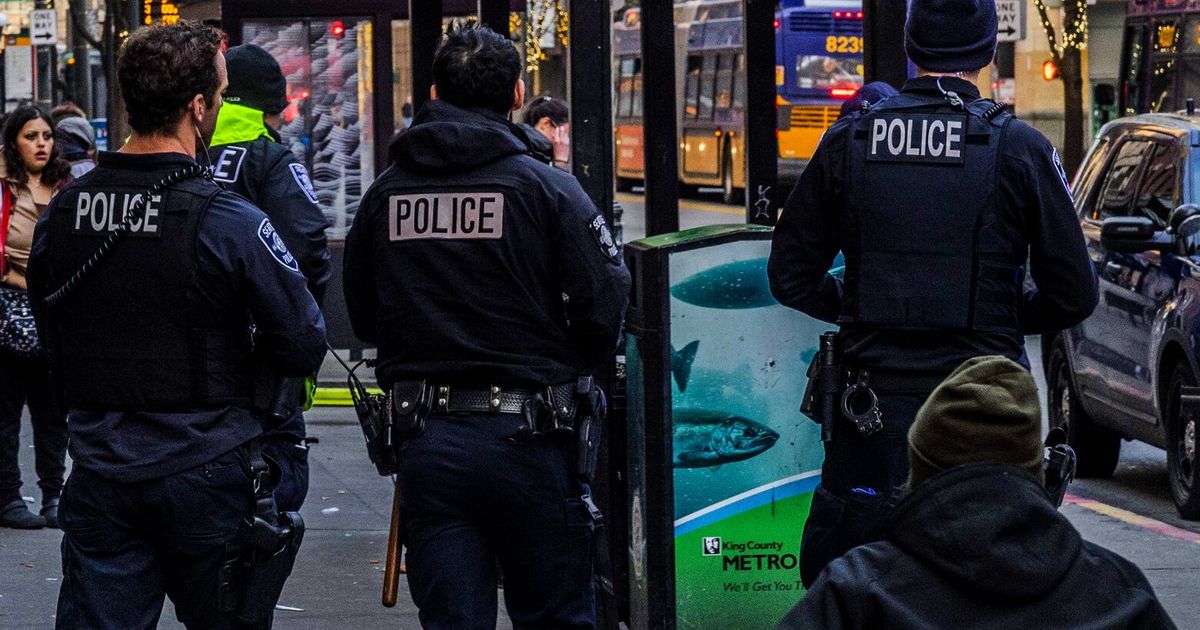A new audit from the city of Seattle confirms what most people already know: Drug use and overdoses are disproportionately concentrated in specific locations in downtown Seattle, First Hill, Capitol Hill and Little Saigon in the Chinatown International District. The city should act more accordingly, the audit concludes, by better coordinating and deploying a “place-based” approach to tackling the fentanyl crisis. Doing so will not only help address the crisis of fentanyl but also the crime that police and fire say is common in those areas.
The mayor’s office should appoint a single person whose job is to tailor specific responses to each hot spot location , the report recommends. “The City does not currently have a system for coordinating all the City departments, City-funded programs, and other government agencies focused on overdose prevention and crime prevention at locations where these events are concentrated,” the audit said. As part of their recommendations, auditors said the city should work more closely with federal law enforcement, namely the Drug Enforcement Administration and the U.

S. Attorney’s Office, to investigate each death as if it were homicide — tracking evidence to map out supply lines and criminal syndicates. The Seattle Police Department does not currently investigate fatal overdoses.
There are organizations within Seattle that do this kind of work — the Law Enforcement Assisted Diversion program, for example, or the “Beautiful Neighborhood” effort led by Friends of Little Saigon. But coordination should come from the city, auditors said, with strategies for specific locations. “Conditions at Third and Pike are very different than the conditions at Pike and Broadway and different still than the conditions at 12th and Jackson,” Claudia Gross Shader, of the City Auditor’s Office, said in a City Council meeting Thursday, “because no two hot spots are alike.
” Although there is some evidence fentanyl overdoses may be cresting , the number of deaths is overwhelming. Synthetic fentanyl as cheap as $1 with a short high means some people are taking as many as 20 doses a day. That churn fuels enormous risk for overdose and death and incubates criminal activity.
In Seattle, 761 people died of overdose in 2023. An increasing number of those deaths are among people struggling with homelessness or living in supportive or low-income housing: 21% of all deaths last year, up from 14% in 2020. In one location, on Third Avenue between Battery and Virginia streets, there were 11 overdose deaths, 30 calls for overdose and 34 recorded crimes against a person between July 2022 and July 2023.
“I have been doing this work for a very, very long time, and I have never seen what we see on our streets today,” said Mona Tschurwald, of the YWCA of Seattle. Other recommendations of the audit relate to basic information, namely that the city should do a better job mapping and analyzing the precise locations of overdoses and crime. The audit also suggests the city should change the physical environment, a common recommendation for the area.
Third Avenue has a 40% vacancy rate among storefronts right now compared to 14% citywide. That, combined with dark and empty parking lots, has the “potential to attract crime.” The city should add new lighting and encourage healthier activity in those areas.
Authors of the report further suggested the city use code enforcement and nuisance laws to try to reduce criminal activity. Previous efforts to expand enforcement of low-level crimes have attracted controversy . Both Mayor Bruce Harrell and council President Sara Nelson largely agreed with the conclusions of the audit.
In the public comment period before the City Council meeting, some speakers expressed frustration about yet another report identifying the well-known problem. They wanted to see more action. Nelson acknowledged those frustrations but said this audit could spur immediate movement because it did not require significant new money from the city.
“It seems sometimes these interrelated problems are so complex we can feel paralyzed,” said Nelson, “and I want this audit to be a catalyst for moving beyond this thought that ...
we don’t have enough resources to deal with these problems.”.


















